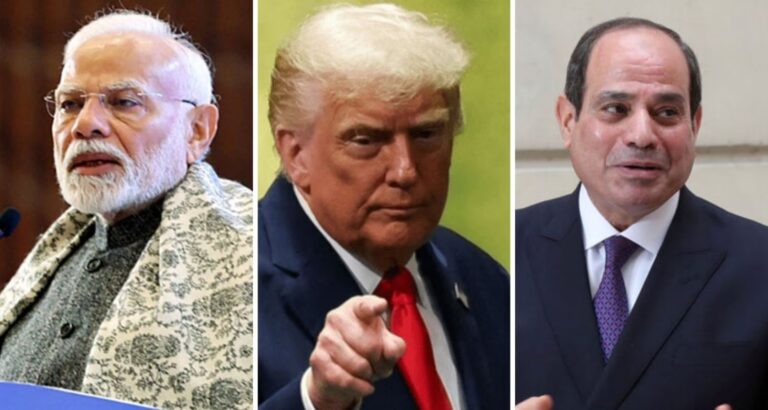
The Indian rupee recently fell to a record low of ₹88.44 against the U.S. dollar, raising concerns among investors and consumers. This decline comes amid global economic uncertainties, potential U.S. tariffs on Indian goods, and significant foreign investment outflows.

Causes of India Rupee Hits Record Low
-
Global Market Volatility: Fluctuations in global currency markets and economic uncertainty affect the rupee.
-
U.S. Tariffs on Indian Exports: Possible trade restrictions are creating pressure on the currency.
-
Rising Oil Prices: India imports most of its crude, and higher oil prices increase the demand for dollars.
-
Foreign Investment Outflows: Investors withdrawing capital from Indian markets weaken the rupee.
Impact of the Weak Rupee
-
Higher Import Costs: Electronics, oil, and other imported goods become more expensive.
-
Inflation Pressure: Rising import prices can push up overall inflation.
-
Exporter Advantage: Indian goods become cheaper abroad, benefiting exporters.
- Monetary Policy Actions: The Reserve Bank of India (RBI) may intervene to stabilize the currency.

Outlook for the Indian Rupee
Experts suggest that while short-term volatility may continue, long-term stability depends on foreign investment inflows, global trade conditions, and government economic policies.
Conclusion:
The rupee’s fall highlights the delicate balance between domestic economic strength and global financial pressures. Businesses and consumers must stay alert to the evolving situation, while exporters may find new opportunities in global markets.






